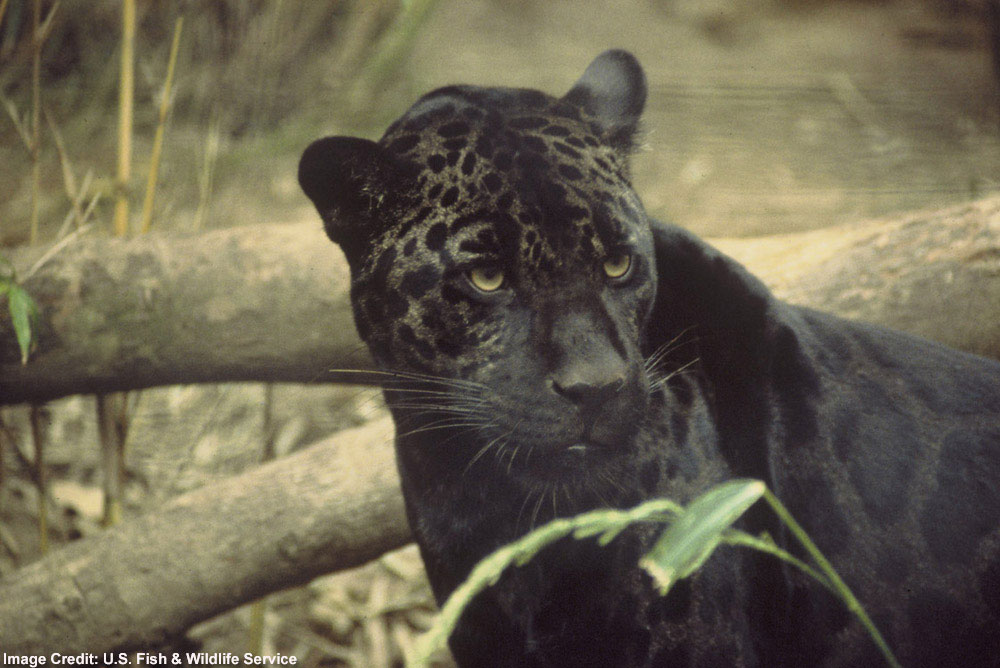
Chimps and large predatory cats are more likely to target dimwitted prey less capable of escaping attack, a new study reports.
The researchers focused on predators from Africa and South America such as chimpanzees, jaguars, leopards and pumas.
To determine whether these hunters were biased towards certain types of prey, the scientists compared how often a prey species appeared in the wild with how often it turned up in the diets of the predators.
The results suggest prey with small brains relative to their body size, such as mongooses, the red river hog and certain small antelope, were hunted more often than prey with larger brains. Among all the prey species considered, primates, which have large brains compared to most other mammals, were targeted the least.
The finding supports a hypothesis first proposed in the early 1990s that predator avoidance has been a major driving force in the evolution of brain size.
One strategy for helping to ensure that offspring are born and the species survives is for an animal to mature early and reproduce before they are killed by a predator. Another option is to invest in physical or behavioral defense strategies. For animals that opt for the latter strategy, altering behavior is easier than evolving armor or a faster gait, but this requires greater cognitive capacities. This in turn requires a bigger brain.
"When these findings are put into perspective, it makes sense that being clever should help individuals avoid or escape danger," said study team member Susanne Shultz from the University of Liverpool in England.
Sign up for the Live Science daily newsletter now
Get the world’s most fascinating discoveries delivered straight to your inbox.
A separate study earlier this year found that one type of monkey even has warning calls that distinguish between the threat of a preying bird or a ground predator. The black-capped chickadee, certainly no birdbrain, can not only warn of a threat but tell other birds how big the predator is.
The finding is detailed online in Biology Letters, the journal for the Royal Society of England.
- Top 10 Deadliest Animals
- Birds of Prey: Spot Today’s Dinosaurs
- Amazing Ants Ambush Prey from Foxholes
- Hunting 101: Meerkats Teach Scorpion Dismemberment
- Gallery: The World's Biggest Beasts









